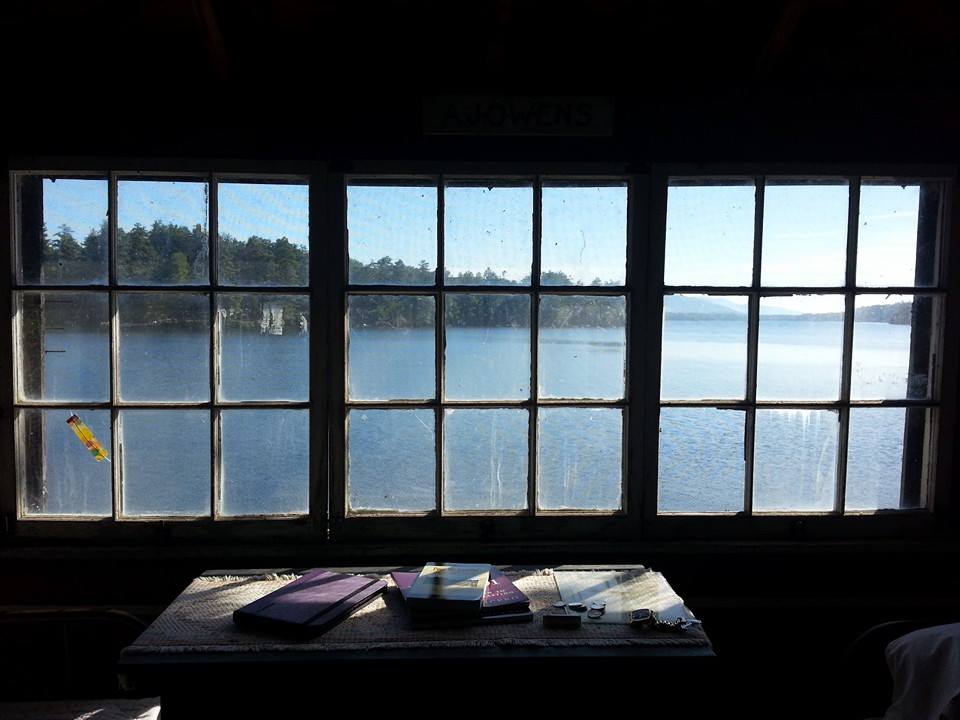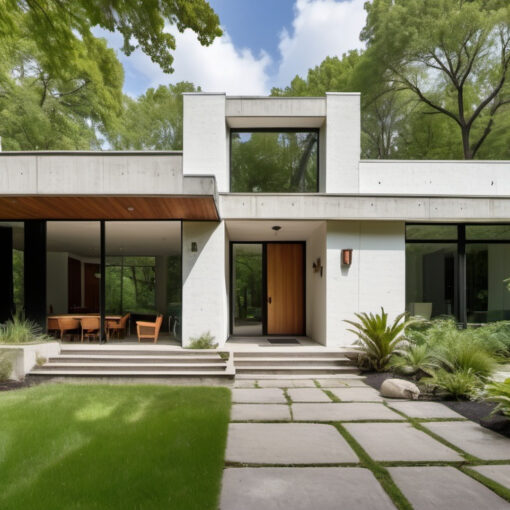Sometimes you have to take a step back from the chaos of daily life and deadlines to take a deep breath. This post is a “social media zen moment”; watch this video and be amazed and simply enjoy the skill.
I have never seen balanced stacks of rocks, called “cairnes“, in rivers or streams like these in the video. But I have encountered them at beaches, and along paths in parks. I’ve even attempted to do this myself. It isn’t easy to stack rocks with such precision and delicate balance.
Doing this must be a form of meditation. It’s just you and the rock. You have to feel the rocks, be the rocks.
Louis Kahn, a great American Modernist active in the 30’s-70’s, said in a lecture about using materials, paraphrasing, when you work with bricks, you have to ask the brick what it wants to be.
Likewise, when you are stacking rocks with this kind of precision, I think you have to ask the rock how it wants to be positioned.
Cairnes fascinate me because they are conceptually so very simple: a stack of rocks. They are very primitive and elemental. But they are so very complex. Finding the balance points of each individual rock is a rare skill. The resulting cairnes are beautiful – and unexpected.
Contemplating these simplest of man-made interventions makes us consider not just at the cairne, but also consider the nature of rocks, of our natural environment, and the relationship between them in ways that are outside of our normal experience.
The best architecture can do the same thing: make us consider how we build, how we live, and how our lives intersect with the buildings we inhabit, as well as with nature. It is an intricate triad between man, buildings, and nature. The relationship seems like it should be conceptually simple – and it is – but it is infinitely complex in its execution.





